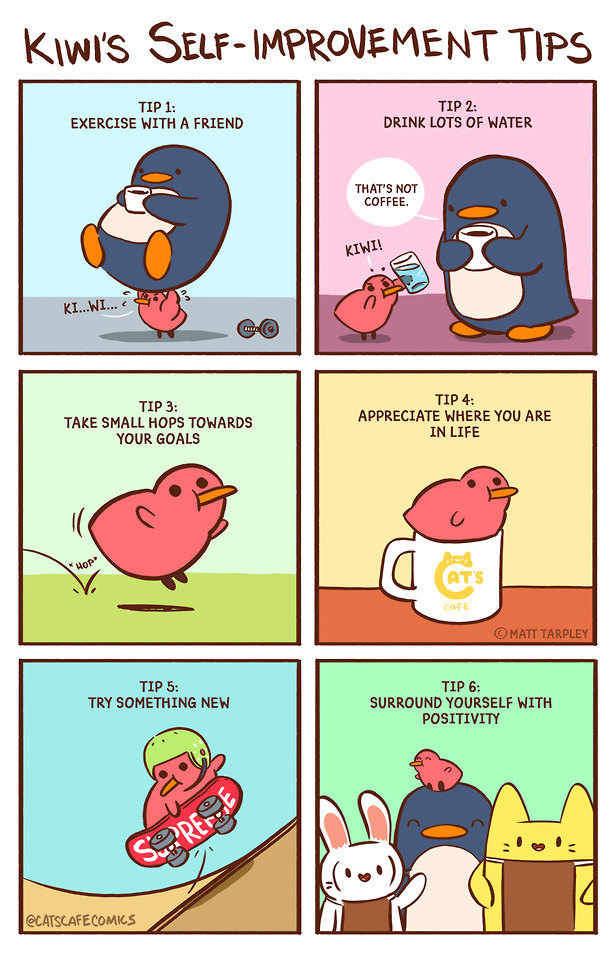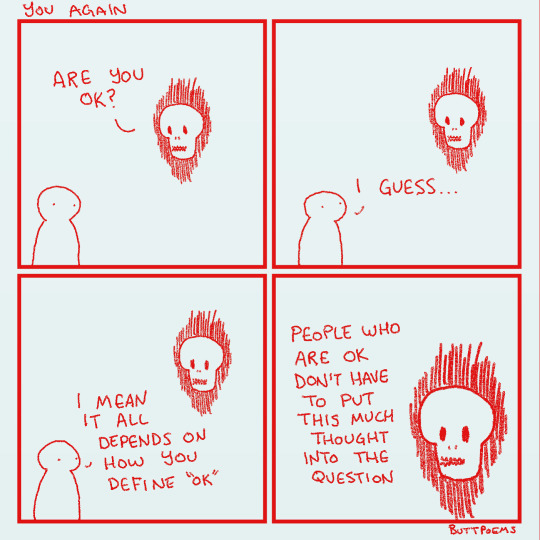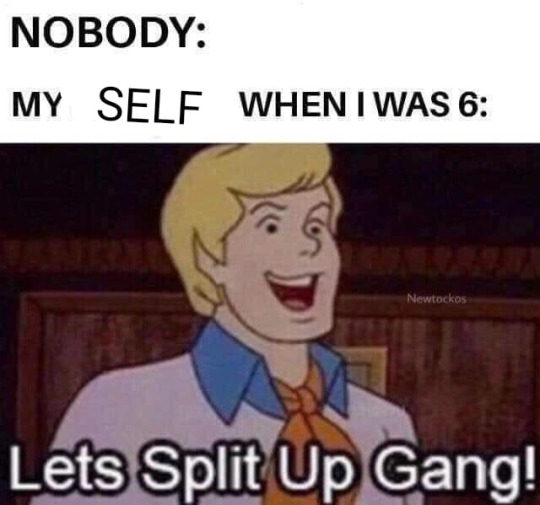Text
Fight, Flight, Freeze & Fawn
What is This?
We’ve all heard of the “Fight or Flight Response”. When looking at the physiology this is the sympathetic nervous system response. The sympathetic nervous system is part of the autonomic nervous system, the involuntary functions of the nervous system. It is the way our bodies handle input that we read as fighting and/or a threat.
The spinal column starts the process sending the starting signals. Then amygdala recognizes the threat and sends to the hypothalamus which triggers the making of hormones in the pituitary gland. The main hormone involved is Adrenaline, Cortisol & Norepinephrine.
All four responses are essentially involuntary, though the ability to sooth them can be managed. Which one we use is a combination of three main factors. The first is what is advantageous in the situation, for example, a person around your size you might be able to fight while a fire it’s less to just run away from. The second major factor is our own genetics/nature, as kids, we are generally predisposed to different responses. Last main response is as adolescents and adults what did we normally do as kids, we tend to go back on what “worked” as a kid, trauma tends to make the response more ingrained and harder to be able to adapt.
The Fight or Flight Response is also referred to as acute stress response & hyperarousal.
Descriptions of Responses:
Fight:
The urge to push back against what is happening. It can be as simple as punching & kicking a literal fight. It can also refer to verbal fighting as well as more abstract fighting depending on the situation. But it’s an aggressive response.
The Fight Response is not wrong for being aggressive by any means, often it functions as extremely effective self-defence. Hitting, slapping, biting, stomping etc are all an understandable response if attacked. It is heightened effectiveness by training of the person (if someone knows how to fight muscle memories can kick in) and of course if the person with this response is at a physical advantage.
But it also not the gold star response or better or the only the show in cases of sexual violence and abuse that a person didn’t “want it”. Not having a Fight Response, or a long term Fight Response is not weaker. Fight Response is brave and the right choice if it gets you away, not done wrong if you don’t and no better than anything else.
It is a highly physically taxing response, the body stays heightened and the brain has to keep deciding what to do next. It can also be seen as highly “dangerous” by the mind as it offers the ability for higher aggression by the attacker. This can sometimes have the feeling of being super strong, and sometimes can feel blanked in a “blind rage” or “seeing red”.
It tends to be most common, and effective, during a one-off event like an attack. It tends to be less common in children victims of assault as they are literally much smaller than the attacker and not likely self-defence masters. Long term abuse also tends to weaken this response as it is obviously not being effective so changing response can happen. It might not entirely fade but become conditional or something that someone starts doing but then stops and switching to one of the others.
Flight:
Flight is essentially running away. A pretty effective and common response to all kind of stimuli. Running away can work really well, this is often commonly connected with some degree of the other responses. Running away keeps you from being hurt if it works, and is a pretty primal urge to not be hurt. Though running does not mean “run” only. It includes crawling or any other way someone tries to escape.
It is a physically draining response as your body has to work overtime to try and escape as much as possible. Memory gaps have been mentioned during the running, sometimes people might describe not knowing how they got away, they just remember feeling they have to.
There is nothing cowardly about running away from an assailant or abuser. If it keeps someone alive, then it is strong as anything else. Flight Responses, unlike fight, is common across all groups. But like Fight it can fade during long term abuse.
Freeze:
Freeze is just as it sounds, a person expiring this will go almost or completely still. From the outside, it can often look like “deer in the headlights”. Sometimes a person goes completely stiff or might go “limp” or a “ragdoll”.
It can often involve dissociation, or the ability to disconnect from the world around you. Numbness or feeling cold is something people often describe. Complete memory gaps can sometimes happen, muddled memory is super common. This is probably what happens when someone says the felt like they couldn’t move, or wanted to scream/run and couldn’t at all.
Freezing is in no way weak. It is a natural response, and is never something to be ashamed of doing and does not mean someone didn’t want to stop it.
Freeze is common across all demographics and types of attacks. It also happens a lot to victims of sexual violence and abuse.
This response is starting to be understood and mentioned more often which is very good. It’ something very important for people to better understand to combat a lot of the “well why didn’t she Fight/leave” rhetoric. Also to help people who are confused about why they did freeze up or felt like they wanted to scream but couldn’t.
Fawn:
Fawn also called the “please”, “feign” or “submit” response. This is essentially just doing what the assaulter or abuser wants you to do. This isn’t a response that happens with many kinds of stimuli like an earthquake or fire. It only happens when someone is being assaulted or abused. It is often the victim trying to be exactly what the abuser wants them to be. It is a survival response like the other three, it’s an attempt to avoid being hurt and to try and often get affection/love from the abuser. Can be connected to “Stockholm syndrome”, though it’s not the only factor there.
This can happen with things like being kidnapped or bank robberies but is super common with abuse victims. Children and long term victimization often experience some degree of a Fawn response. With long term abuse, a victim may have a Fight or Flight Response at first but if the assault continues the victim may end up falling into this later.
Trauma bonding & grooming plays a factor in this as the abuser creates feelings of love and connection. If the abuser is a parent or other family member victims generally really want to please and be loved. Gaslighting and in general being taught something is “normal”. Like I said above genetics/natural inclinations also do factor into this.
Again this is not a sign of weakness or “wanting” the violence. It’s a person, usually a child or abuse victim, wanting to survive. It can be hard for both the victim and outside people to understand why someone would want to please an abuser, do what someone said, or essentially not “kick up a fuss”. But it is just a common way for the mind to try and survive, and something that can be highly influenced by other psychology of trauma.
This is something I hope becomes more understood.
Conclusion:
Fight, Flight, Freeze & Fawn responses are all normal and none is the best or worst response. All people have these responses and they are important to understand so we can be in touch with our bodies and minds.
However, child abuse survivors deal with chronic stress wearing down and tend to deal with an altered function of this process. It hurts the body and can affect health both mental and physical. It also puts people on a hair trigger for acute stress response and can make it hard to switch between their stress response and end up being easier to experience later trauma.
Citations:
Bal, R. Fight, Flight, Freeze or Fawn? Trauma Responses https://childhoodtraumarecovery.com/anxiety-articles/trauma-responses-fight-flight-freeze-or-fawn/ (accessed Mar 29, 2019). (Uses the “narcissistic abuse” framework one we don’t base our view & advice on)
Fight, Flight, Freeze Responses http://trauma-recovery.ca/impact-effects-of-trauma/fight-flight-freeze-responses/ (accessed Mar 29, 2019).
Hosier, D. Fight, Flight, Freeze or Fawn? Trauma Responses https://childhoodtraumarecovery.com/anxiety-articles/trauma-responses-fight-flight-freeze-or-fawn/ (accessed Mar 29, 2019).
Klein, S.; Klein, S. The 3 Major Stress Hormones, Explained https://www.huffpost.com/entry/adrenaline-cortisol-stress-hormones_n_3112800 (accessed Mar 29, 2019).
Tull, M. How the Fight or Flight Response Is a Natural Response to PTSD https://www.verywellmind.com/ptsd-and-the-fight-or-flight-response-2797642 (accessed Mar 29, 2019).
Walker, P. The 4Fs: A Trauma Typology in Complex PTSD By Pete Walker http://pete-walker.com/fourFs_TraumaTypologyComplexPTSD.htm(accessed Mar 29, 2019).
CrashCourse. YouTube, YouTube, 13 Apr. 2015, http://www.youtube.com/watch?v=0IDgBlCHVsA.
Also posted on our WordPress
815 notes
·
View notes
Photo

be picky about who you let into your life
107K notes
·
View notes
Text
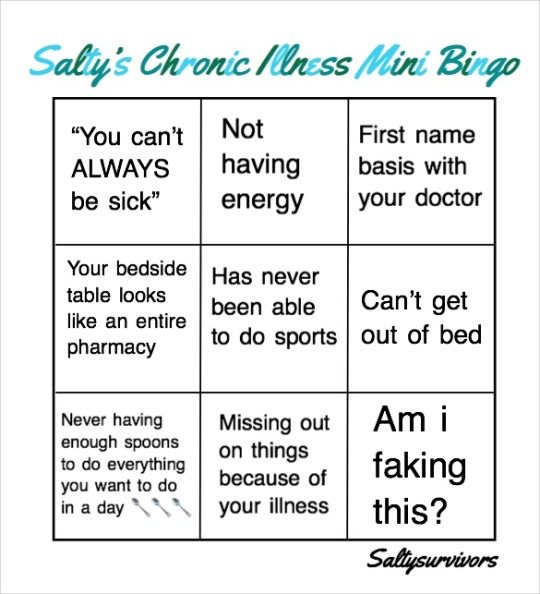
Chronic illness mini bingo!
Requested by whymarywhy on Instagram
952 notes
·
View notes
Text
Traumatic memory gets created differently than normal memory.
Please reblog so as many people as possible can see this. People who were not abused don't understand this about traumatic memory and that is often a basis for them not believing you.
There's all sorts of complicated science behind how this works, but I'm not going to get into it right now because I really want to hammer home this very specific point and not get distracted by anything else.
Traumatic memory is different than normal memory.
Traumatic memory is different than normal memory.
Traumatic memory is recorded more similarly to a dream then waking life.
Do not let anyone hold your traumatic memory up to normal memory standards.
Do not let anyone convince you that your traumatic memories are invalid because they are recorded differently than normal memory.
Your traumatic memories are fragmented, out of sequence, and dreamlike. They contain both very vivid parts and totally missing parts. This is all valid. This is how traumatic memory is recorded in the brain.
Having traumatic memories does not mean there's anything wrong with your memory. It's the way the mind and nervous system are programmed to function when in perceived crisis. So, if the majority of your childhood memories are traumatic memories, it's not because something is wrong with your memory, it's because something was very wrong with your childhood.
13K notes
·
View notes
Quote
Complicated doesn’t mean unworthy
(via sup-i-like-to-write)
358 notes
·
View notes
Text
I see you trying. I see your effort. Keep going.
1K notes
·
View notes
Photo

Sometimes you really have to accept and appreciate the flaws that come with living life! Most things won’t be perfect, but they can still be wonderful and good!
My Book! | Patreon | 2020 Calendar
2K notes
·
View notes
Photo
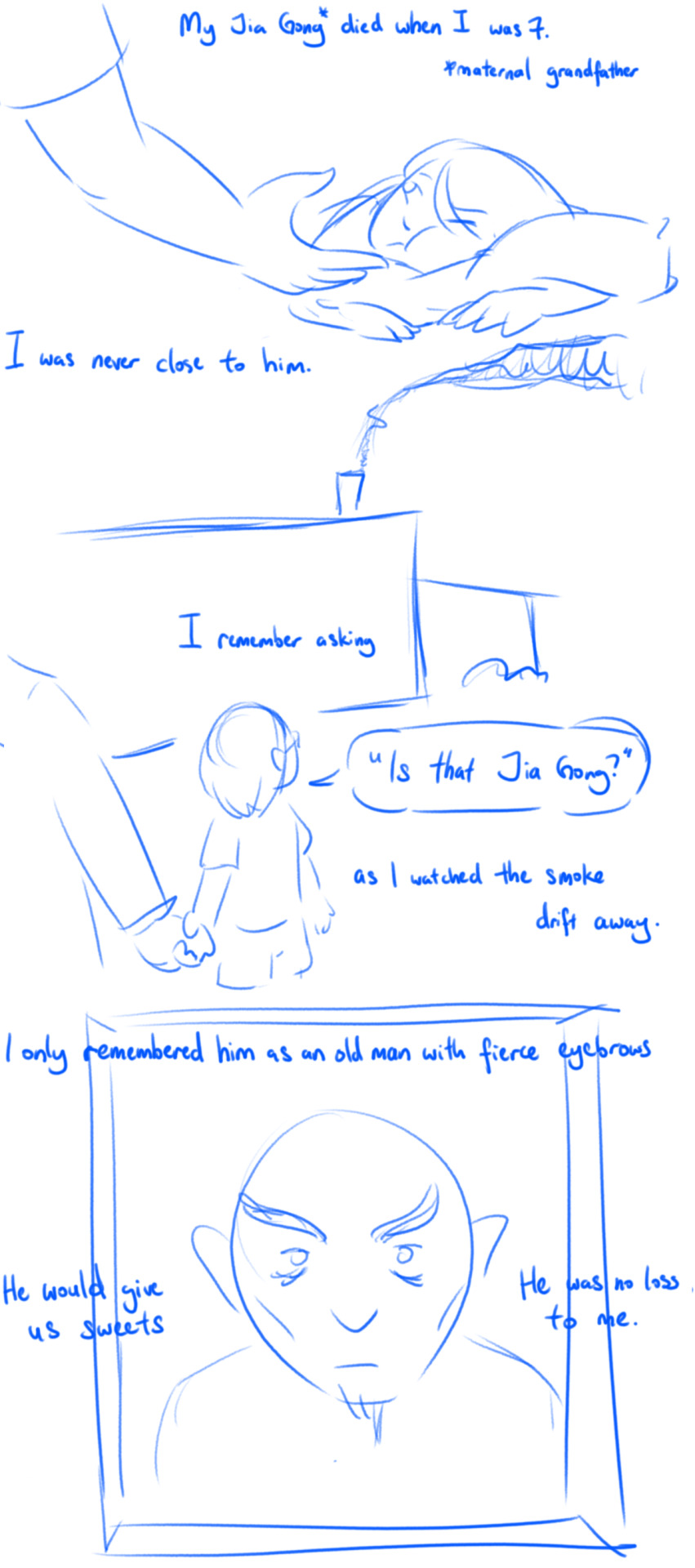
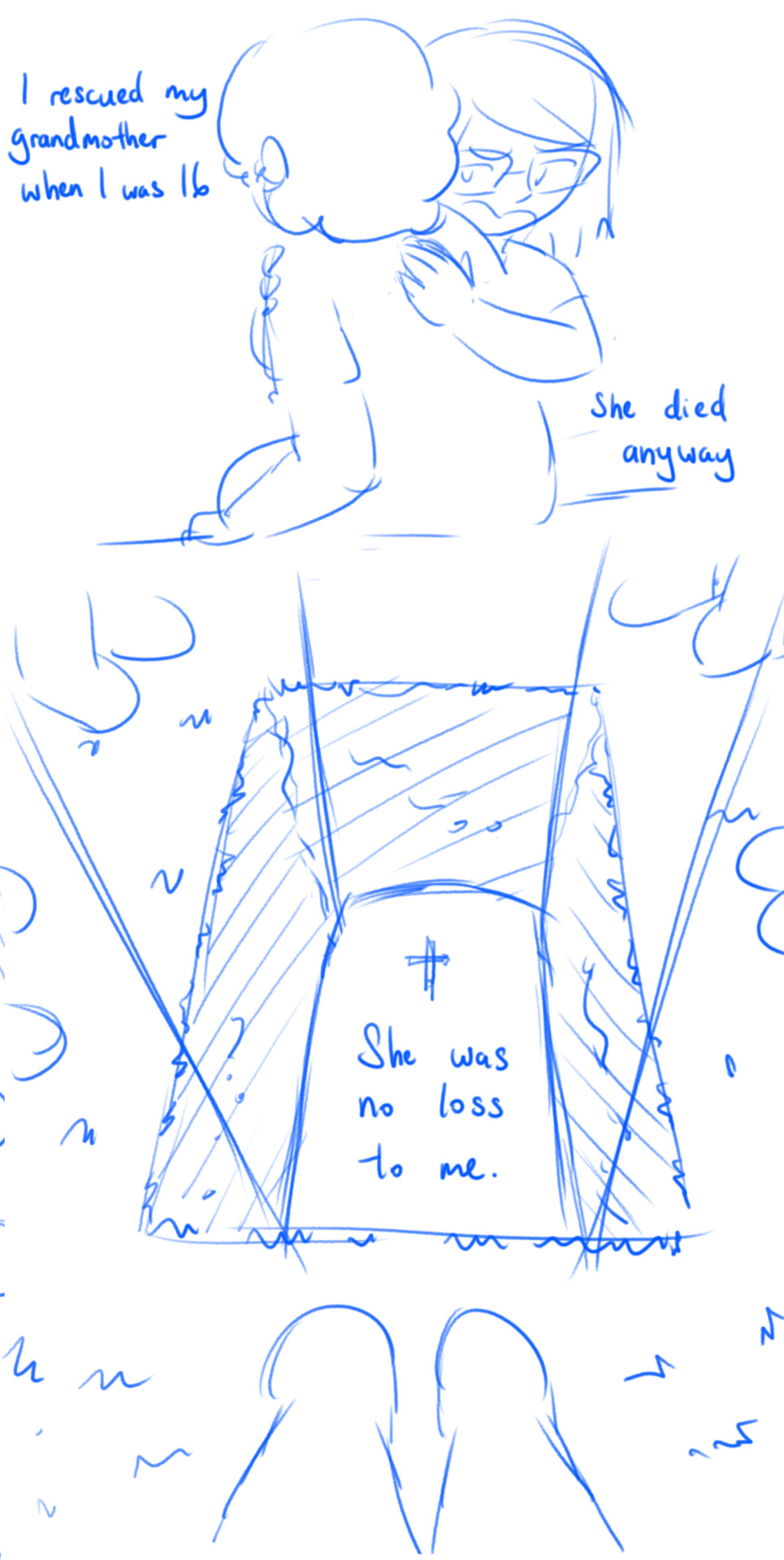

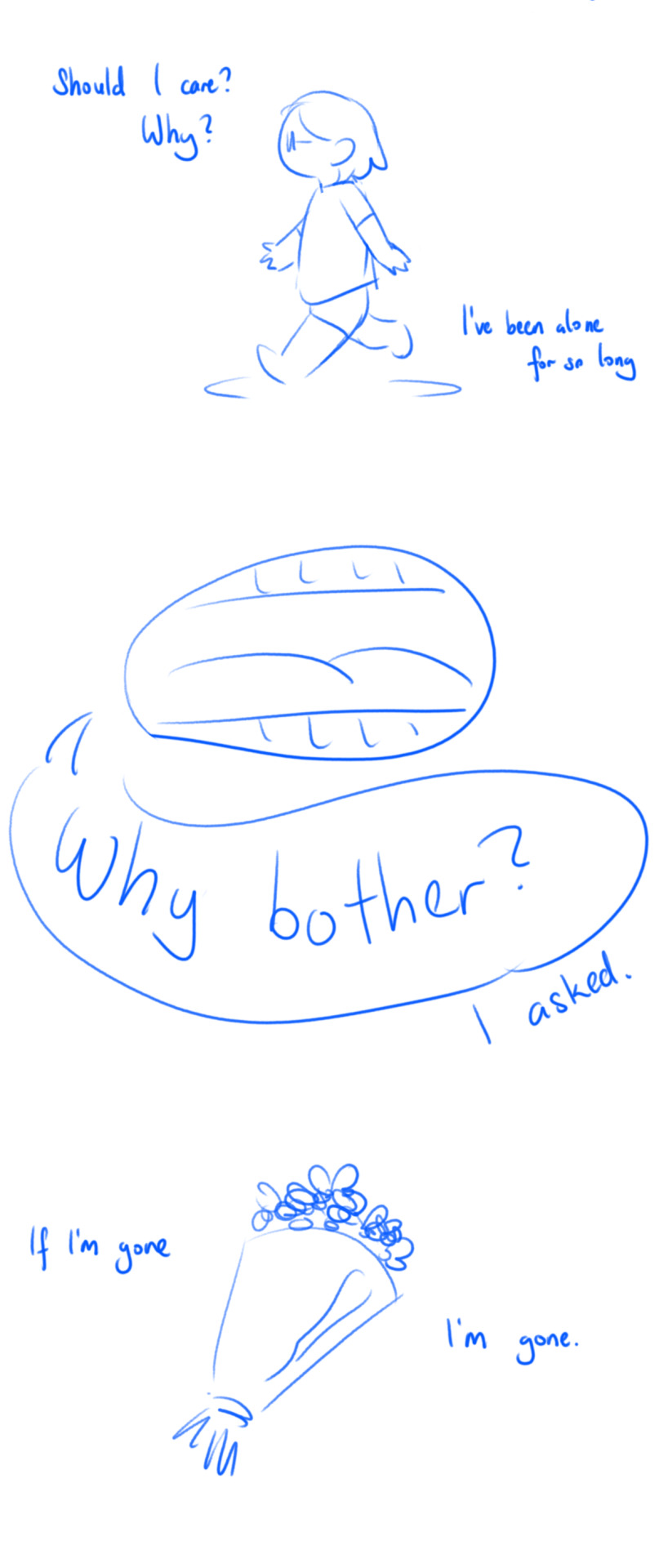
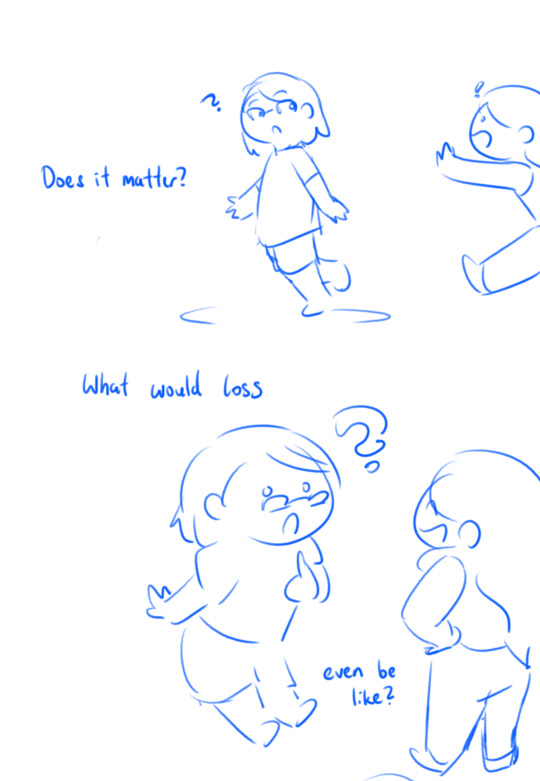

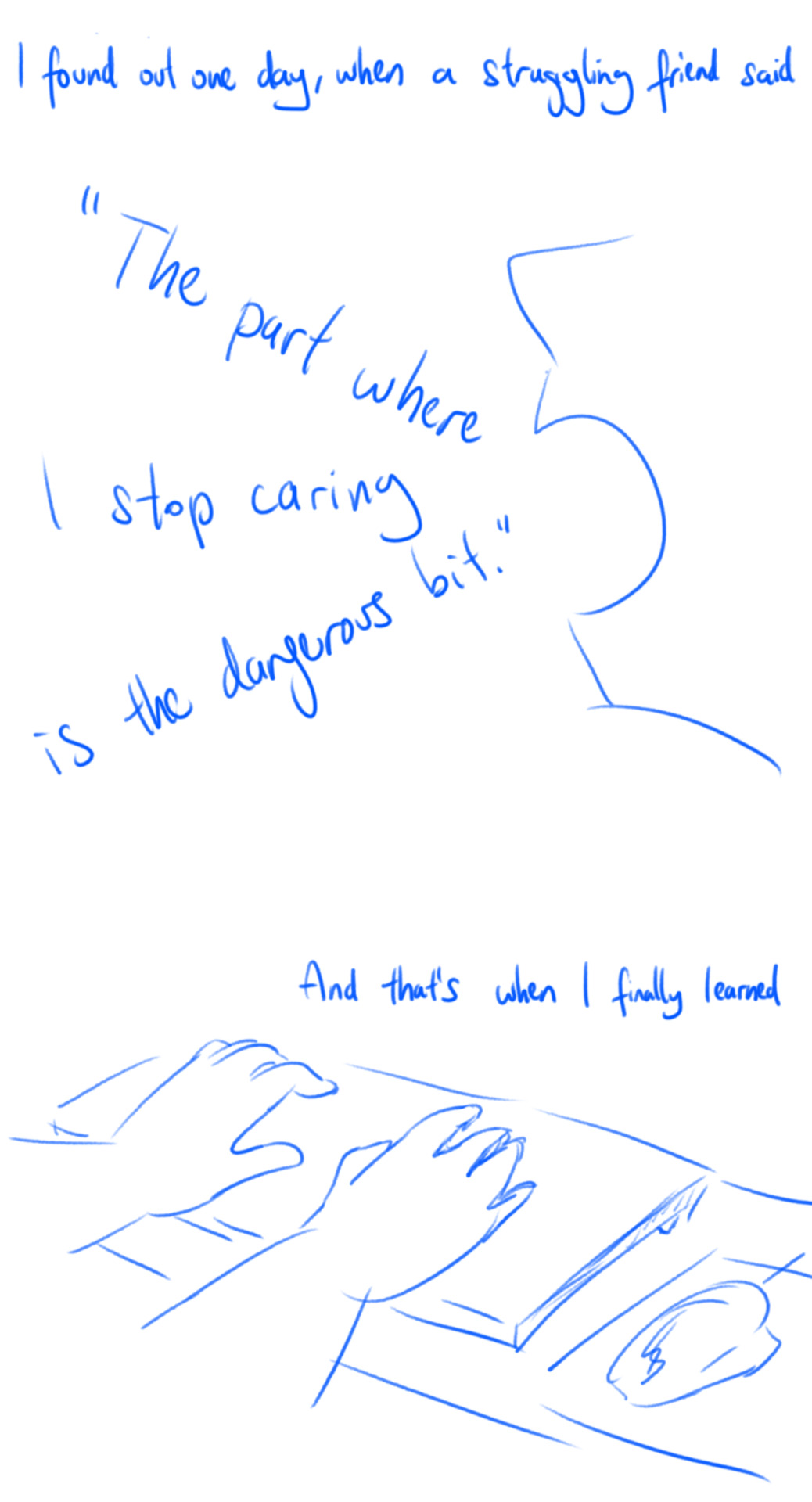
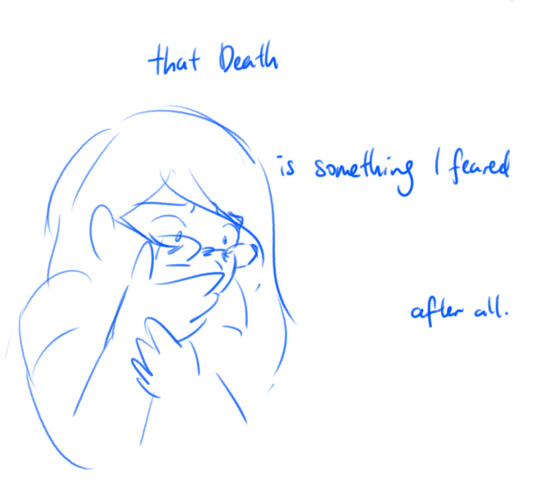
sometimes the thoughts of death and loss creep up on you when you least expect it
#death#suicide#suicide mention#long post#tw: death#death tw#suicide tw#tw: suicide#negative#pls message me if i missed a tw i think i got them all
32 notes
·
View notes
Text
Review of Split by a diagnosed DID system.
We’ve been very clear about our feelings about M. Night Shyamalan’s new movie Split, which follows James McAvoy’s character, Kevin, a man with Dissociative Identity Disorder.
For those who don’t know: DID is a severe dissociative disorder caused by chronic trauma in early childhood (before age 6-9). The trauma can take many forms but is often sexual, emotional, physical or ritual abuse (sometimes a combination of these). This trauma interrupts the child’s normal development, meaning that the identity is split into dissociated pieces which form into alternate personalities (or alters) to cope with the overwhelming trauma, which the child may not have otherwise survived.
If you do see this movie:
1) Please, please, please make sure you are safe to do so. It has a lot of triggers, including sexual abuse, cannibalism, self harm etc.
2) Please try and find a copy of it online instead of seeing it at the cinema (to stop the money going to it).
3) Know this is not a good representation of DID.
(This may contain spoilers of the movie by the way if you are planning to watch it).
From seeing the first trailer of Split til now I have been sure that this movie isn’t good news for those with DID and mental illness in general. I’ve made our opinions clear and have received some quite rude messages as a result. We’ve had messages saying “you haven’t even seen it” and have been struggling with deciding whether or not to watch this movie. Watching it may seem hypocritical but I watched it with one purpose: it’s representation of DID.
This is to the people who claim that this is “just a movie”.
It’s not. It’s misformation. It’s fear-mongering. It’s discriminatory and stigmatising.
Kevin’s therapist seemed like the movie’s one saving grace, but unfortunately even her character was taken too far. She gave facts about DID right at the beginning and was trying to raise awareness of DID, using examples of particular alters having different physical issues. It is based in truth because there is evidence of different brainwaves etc when different alters are fronting.
But they had to take it one step further and she said even alters’ sight had returned because they believed it had. Basically they were saying that “the beast” actually is an animal who preys on young girls and is super strong etc because the other alters believed in it. The character is a villain because of his DID, which seems to be the huge point some people are missing. He is a predator, just like pedophiles and abusers do.
People with DID are survivors of unspeakable childhood trauma - to then be tarred with the same brush as this kind of predator is truly insulting and disrespectful.
While I hope that most people who see this movie will have the sense to realise that this is obviously not an accurate portrayal of DID, it is the latest in a long line of movies that make mental illness scary and dangerous. People with DID, with mental illness in general, are more likely to hurt themselves than other people.
M. Night Shyamalan made a point of mentioning DID by name, in the trailers, the film, interviews etc. He could have made up a condition for entertainment purpose, a fictitious one, as this is meant to be fiction. Instead he used an established mental illness that thousands of people struggle with on a daily basis. I am aware that Split is set in a “different universe” but that doesn’t excuse the negative portrayal.
James McAvoy admits the role wasn’t well researched at all, claiming that he “couldn’t find anybody that would sit and talk with me” about DID. Instead, he simply learnt about DID through YouTube. This feels like excuses covering up his role in this sham of a movie. It seems ridiculous to us because so many people (with DID or not) are standing against this movie. We would have talked to him and I’m sure there are thousands of others all over the world who would have happily shared their experiences for a better representation of DID.
A few of the times Kevin switched on screen he literally changed his clothes. We don’t have huge wardrobe changes every time we switch. When “the beast” finally fronted there was a scene where he climbed up a wall and if it wasn’t for how damaging this movie is it would have been laughable. It was just ridiculous.
DID is already considered a “controversial” diagnosis, despite being medically recognised all over the world. Stigma like this movie have a severe negative impact. There are tons of other movies that depict mental illness in damaging ways, we’re focusing on this one because it’s something we’re affected by every day.
I have been diagnosed with DID. The diagnosis has been confirmed by at least 3 psychiatrists. We have been admitted to psych wards all over the country I think 12 times now. We have been admitted to general hospital for overdose treatment after alters have tried to end our lives. We are covered in self inflicted scars. This is personal obviously and there are some very functional DID systems out there, don’t get me wrong, but any dangerous feelings we have we turn in on ourselves, we don’t hurt other people.
I’m not trying to get any sympathy or pity here, I’m just trying to say that we aren’t to be feared. We’re hurting.
DID is a mental disorder after all, it’s not a joke or some twist in horror movies.
This disorder prevents me from working, means I have to have a carer with me 24/7 for our safety, we’ve been seeing different therapists since I was 16 and I’m now 28. We are very lucky now to see a DID specialist twice a week who has been supporting us for the best part of 6 years now.
One part of the film that really upset me was when his therapist was killed. DID is recognised by professionals but there is no denying resources and just basic training is severely lacking in most parts of the world. Even within the medical community people are divided about the validity of DID. Who is going to want to try and work with these “scary” DID systems?
To say films like Split are “just a movie” or saying they “don’t hurt anyone” couldn’t be further from the truth. Using myself as an example again, we were admitted to one psych ward where the psychiatrist immediately picked up on our DID diagnosis and said DID doesn’t exist. He told me I was “clearly disturbed” and lying for attention because I didn’t get enough as a child. He literally said that DID is “the stuff of Hollywood movies”.
Now try and tell me it’s just a movie that has no real world implications. It is also not just uneducated people who are affected by stigma.
Split makes it terrifying for individuals pre diagnosis to ask for help. This could result in death of innocent people. Innocent child abuse survivors.
Split makes it terrifying to be diagnosed and think that you’re as bad as the character M. Night Shyamalan created.
Split makes it terrifying to disclose your diagnosis to family, friends, co-workers, potential employers etc.
It’s just an overused stereotype and we want to promote the reality that people with the more “scary” mental illnesses are not to be feared. Please try and educate where you can and fight back against this stigma.
Please reblog and to those with DID (and other mental illness): this movie does not reflect who we are. We aren’t monsters, we are survivors and the world needs to see that.
Even as horror movie, regardless of the DID misinformation, it’s not a great film. It’s nothing original.
If you want to learn more about DID, other dissociative disorders and trauma this website is a good resource: http://traumadissociation.com/
701 notes
·
View notes
Photo

Due a URL change- the old ‘self care after rape: a masterlist’ is no longer useable. If you reblogged that one- the links don’t work, try this one instead.
The Basics:
What is Rape?/Types of Rape
Common Responses to Rape/Sexual Assault(ppt)
Survivors and the Doctors Office
Traumaversaries
Why You Aren’t Bad for Loving Your Abuser.
Teaching Consent
How to Talk About Trauma:
Talking About Trauma (ppt)
Talking About Trauma (to others)
What if they don’t believe me?
Processing New Information on Old Hurts.
If Not Rape, Then (On what to call it when you’re not ready to use the word rape)
Need Help With:
But How Do I Get Over It?
Reifying Happiness
Sleep
Nightmares
Dreams and Trauma: Frequently Asked Questions
Surviving the Holidays (ppt)
Overstimulated Nerves
Self-Injury (ppt)
Flashbacks (ppt)
Panic Attacks
Making Peace With the Emotion Monster
On Holding Anger for Attackers
Processing Emotions: Anger
Disordered Eating, What it is and What you can do about it.
Admitting Weakness
Hygiene
Regression
Self Invalidation
The But Series! (About various strands of Self Invalidation.)
Finding Coping Mechanisms that Work
Effective Alternative Communication
How To Tell Your Therapist - About Almost Anything
Planning to See An Abuser
The Follower Collaborative Series:
Coping With Flashbacks
Triggers:
I’m triggered- Now What?
More On Triggers
On Purposely Triggering Yourself
Getting Over Triggers
De-triggering Abuser Names.
Reclaiming a Space
Boundaries:
Boundaries (ppt)
Boundaries 101
Boundaries: How to set them
Survivor+Survivor: Boundaries
Self-Care:
What is Self Care Anyway? (ppt)
BACE Method
BACE Method (now with venn diagrams.)
Self Care When You Lack a Sense of Self
Interpersonal Self-Care
Emotional Self Care
Physical Self Care
How to Do Self Care When You Only Have A Little Bit of Time
Self Care For Cold Weather
Self Care + Trauma Work
Consent/sex:
Intimacy After Rape
Lets Talk Consent
Lets Talk Sex
Sexuality After Rape
Using Sex as Self Harm?
Teaching Consent
Posts about Suicide:
Talking about Suicide (why we want to blame the suicidal and why we shouldn’t)
Don’t Call Suicide Selfish
Suicidal Ideation
For Friends/Family/Partners of Survivors:
How to Help a Friend Who Has Been Raped.(ppt)
How to Help a Friend Who Has Been Through Trauma
Avoiding Awkward- How to talk about rape when we talk to survivors.(ppt)
Sometimes the easiest thing to say is the worst.
How to Listen to Trauma Stories
Being Family/Friends isn’t an excuse.
A Friend is Self Harming (ppt)
Comfort In. Complain Out.
What Can I Do?
Reality Checks
Why ‘Just Leave’ Just Doesn’t Work
Misc:
Acute Inpatient: A brief overview
Studying Tips
4K notes
·
View notes
Text
me: searches for accurate representation of DID/OSDD in the media
results:

1K notes
·
View notes


